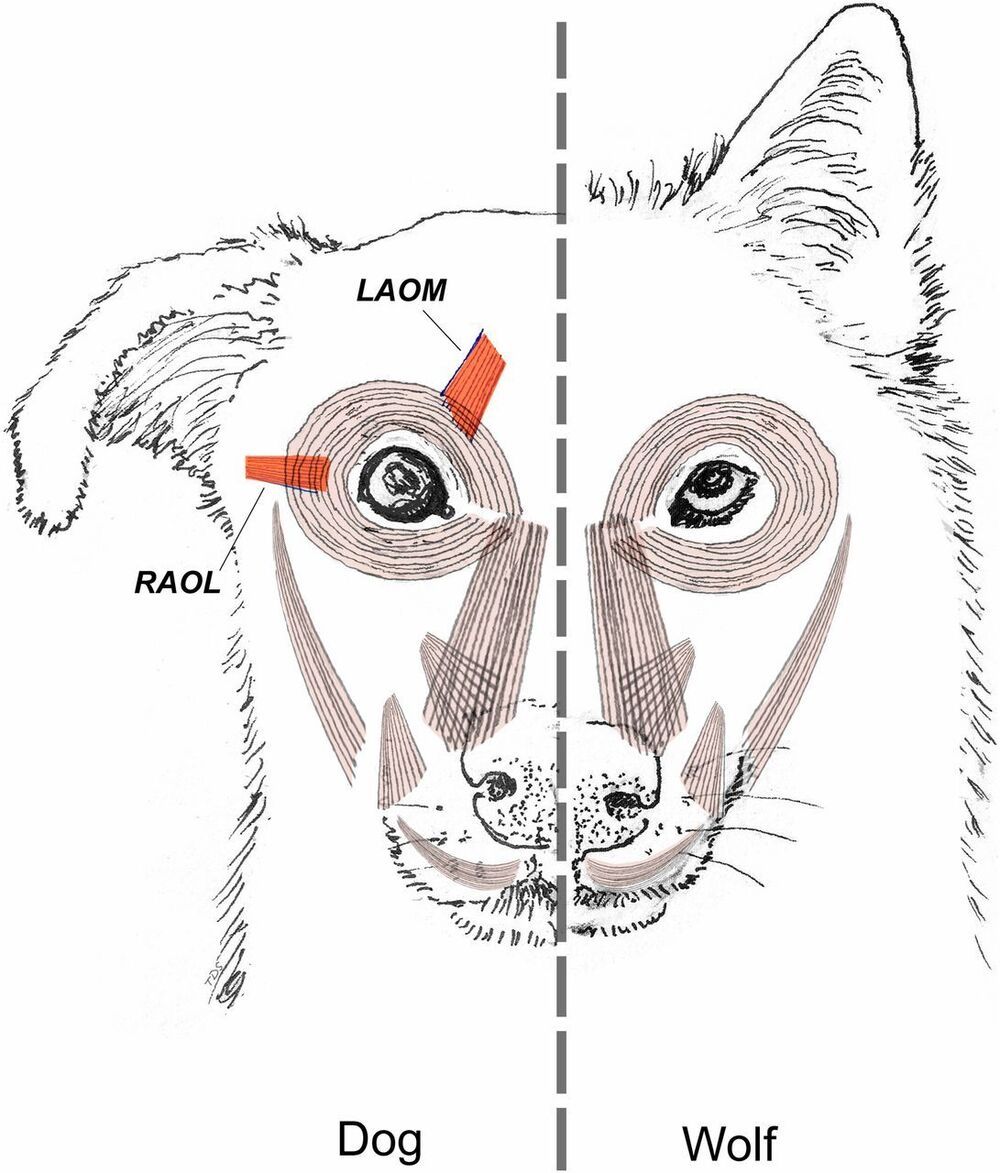Dogs are cool!
Sources:
- … See More.
Like.
Comment.
Dogs were shaped during the course of domestication both in their behavior and in their anatomical features. Here we show that domestication transformed the facial muscle anatomy of dogs specifically for facial communication with humans. A muscle responsible for raising the inner eyebrow intensely is uniformly present in dogs but not in wolves. Behavioral data show that dogs also produce the eyebrow movement significantly more often and with higher intensity than wolves do, with highest-intensity movements produced exclusively by dogs. Interestingly, this movement increases paedomorphism and resembles an expression humans produce when sad, so its production in dogs may trigger a nurturing response. We hypothesize that dogs’ expressive eyebrows are the result of selection based on humans’ preferences.
Domestication shaped wolves into dogs and transformed both their behavior and their anatomy. Here we show that, in only 33, 000 y, domestication transformed the facial muscle anatomy of dogs specifically for facial communication with humans. Based on dissections of dog and wolf heads, we show that the levator anguli oculi medialis, a muscle responsible for raising the inner eyebrow intensely, is uniformly present in dogs but not in wolves. Behavioral data, collected from dogs and wolves, show that dogs produce the eyebrow movement significantly more often and with higher intensity than wolves do, with highest-intensity movements produced exclusively by dogs. Interestingly, this movement increases paedomorphism and resembles an expression that humans produce when sad, so its production in dogs may trigger a nurturing response in humans.










Comments are closed.